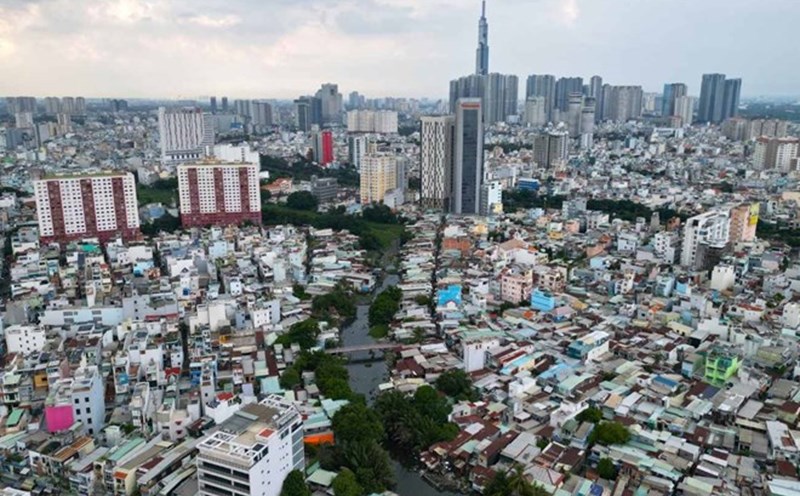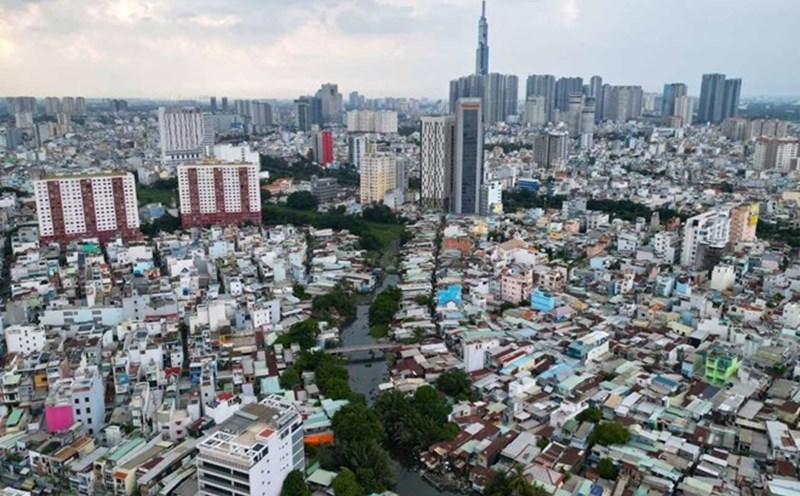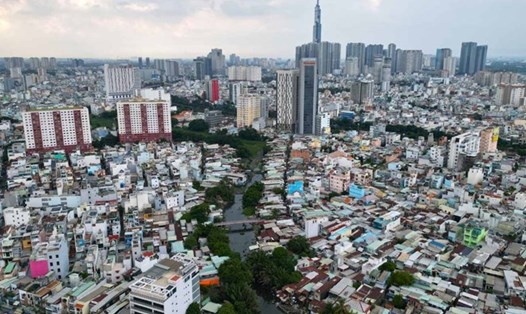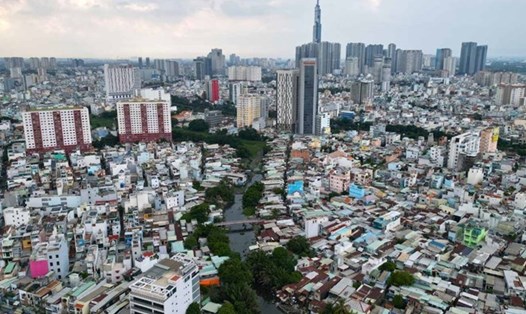The plan to arrange administrative units at district and commune levels in the 2023-2025 period of Ho Chi Minh City has just been approved by the National Assembly Standing Committee.
Ho Chi Minh City will merge 80 wards (in Districts 3, 4, 5, 6, 8, 10, 11, Binh Thanh, Go Vap and Phu Nhuan) down to 41 wards (including 38 new wards).
After the merger, Ho Chi Minh City will face a surplus of personnel, including 1,022 commune-level officials, civil servants, health officials and part-time workers.
The Ho Chi Minh City People's Committee acknowledged that the merger would greatly affect the psychology, ideology and interests of a number of cadres, civil servants, public employees and non-professional workers who would have to quit or be transferred. In the initial stages, the pressure from the arrangement could affect work efficiency.
In addition, dealing with surplus personnel is difficult when the majority of cadres and civil servants have been standardized and are under great pressure from the workload. The merger of adjacent commune-level administrative units further impacts the human resources.
The city also faces difficulties in dealing with surplus headquarters and facilities. Some headquarters can be auctioned, but many places find it difficult to attract investment because they have to change their purpose of use and ensure compliance with planning. This risks leading to waste, while new headquarters require large capital investments.
The Ho Chi Minh City People's Committee has issued a roadmap for arranging and resolving policies and regimes for cadres, civil servants, public employees and part-time workers at the commune level from now until 2029.
Commune-level cadres and civil servants: Before the merger, 80 wards had a total of 1,605 cadres and civil servants (462 cadres and 1,143 civil servants). After the merger, only 868 personnel were needed (228 cadres and 640 civil servants), with a surplus of 737 people (234 cadres and 503 civil servants).
Ho Chi Minh City will completely resolve the number of redundant officials and civil servants before 2029 with the following roadmap: 448 people in 2025, 91 people in 2026, 89 people in 2027, 67 people in 2028 and 42 people in 2029.
Health staff: Currently, 80 health stations have 522 staff (58 station leaders and 464 staff). After the merger, 41 new health stations will receive 488 staff, while 34 redundant staff will be transferred to commune-level health stations with insufficient staff or to district-level health centers. The city is committed to completing the arrangement in 2024.
Non-professional staff: The total number of non-professional staff is currently 1,010, while the demand in 41 wards after the merger is only 759 people. The surplus staff of 251 people will be reassigned or resolved according to the roadmap until 2029.
Regarding the plan for arranging and using office headquarters, there are currently 327 headquarters in 80 wards before the merger.
After the arrangement, only 249 headquarters will continue to be used, while 78 redundant headquarters will be handled by transferring to other agencies and organizations (75 headquarters) and auctioning (3 headquarters).
Regarding public assets, 80 wards currently have 7,638 assets, including 80 cars, 1,935 desktop computers, 108 laptops, 88 photocopiers,...
Usable assets will be allocated to agencies with shortages, while unusable assets will be liquidated according to regulations.









